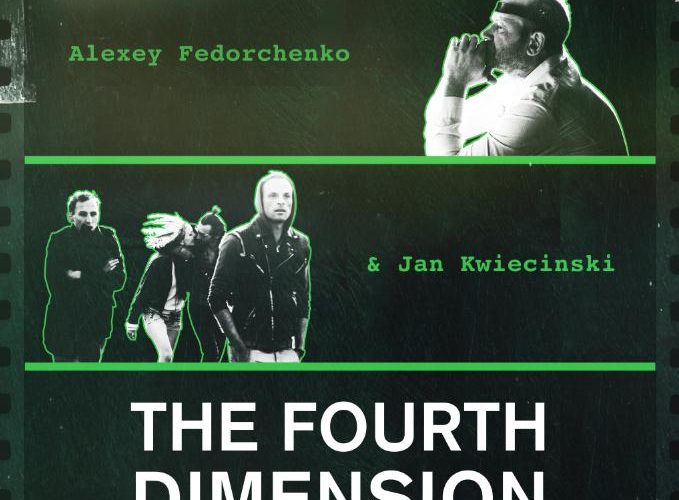In the omnibus film The Fourth Dimension, Brooklyn based Vice Magazine along with commercial company Grolsch Film Works dispatched three filmmakers to tackle on a subject matter that must have been elicited from a hazy drug fueled debate. At least that is how it seems to deal with its abstract subject matter, the concept of the fourth dimension otherwise known as the unification of space and time, or space-time continuum. Apropos to cinema, the concept seems to fit perfectly and offers up a treasure trove of possibilities both scientific and philosophical. But the lack of cohesiveness to each short film make the overall structure a chore to get through and will leave you scratching your head in bewilderment rather than having deep philosophical conversations about space and time.
The opening short film, and arguably the best of the bunch, is Harmony Korine’s The Lotus Community Workshop starring Val Kilmer as himself. Kilmer spends most of the time delivering a motivational speech in a roller skate rink which is then contrasted by him riding around on his bike trying to do tricks, hanging with friends and doing hood rat things. The cinematography is one of the most striking elements that immediately stands out, being shot in a wide cinemascope aspect ratio. Both this style of the cinematography and the surreal star power of Kilmer satirizing himself, distances itself to the other two sections. Standing out in terms of both style and tone, the manic monologue of Kilmer is both entrancing and bizarre and feels right at home with the rest of Korine’s off kilter universe.
In the second section Chronoeye, directed by Russian filmmaker Alexy Fedorchenko (Silent Souls), the style and mood is very reminiscent to the sci-fi work of Tarkovsky but lacking any kind of poetic soul. The story revolves around Grigory (Igor Sergeev), a neurotic physicist who thinks he has discovered the key to true happiness with a time machine. There are some beautiful and haunting vistas of Russia and some interesting character development and inertactions. Yet the film cannot escape a dull pace and flaccid approach to theories that should be infinitely more compelling if they were presented in a more succinct manner. The final section Fawns by twenty five year old first time feature filmmaker Jan Kwiecinski is a fitting end to the bizarre anthology. The short follows a trio of nihilists who stumble upon a village on the verge of an apocalyptic flood. The mood is surprisingly sincere and the final moments add a nice poignancy to the otherwise emotionless and distancing effects of the previous two shorts.
Each filmmaker opts for quasi quirky stoner wisdom partly because of a hazy set of dogmatic rules imposed against each short film by executive producer and Vice honcho Eddy Moretti, a nod perhaps to Lars von Trier’s infamous Dogme 95 manifesto. This obstruction mentality seems logical, considering that one of the directors, wunderkind Kids scribe Harmony Korine, participated in the movement with his film Julien Donkey-Boy, which Von Trier credits as the pinnacle of the Dogme movement. But unlike the simple and direct ten Dogme 95 rules, there are fifty two ones imposed against The Fourth Dimension directors, most being obtuse and random. This is in line with the quality of Vice Magazine, as your degree of enjoyment will likely depend on how much hipster pretension you can stomach.


